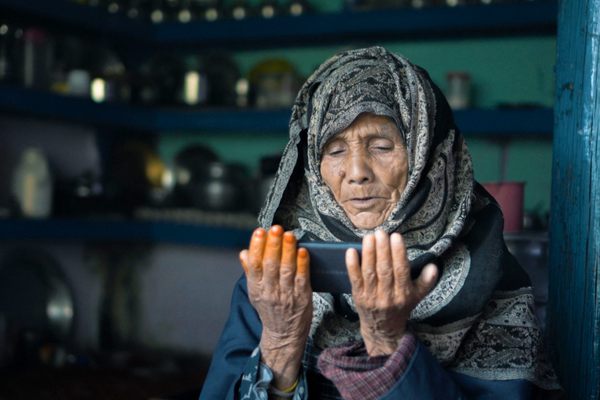Ant Medics Captured on Video Caring for Their Wounded Comrades
Scientists filmed the six-legged soldiers carrying hurt ants home.
For ants, war is full of tiny dangers. A six-legged soldier might face snapping termite jaws, lost limbs, and lurking spiders. Luckily, they have some help: other ants, who, scientists say, will take time after a battle to carry their injured comrades back to the nest.
A new study in Science Advances details this previously unknown military strategy, which is undertaken by Megaponera analis, an African ant species that eats only termites. Scientists put infrared cameras into ant nests to see how the ants behaved after raiding a termite mound. After most battles, healthy ants carried injured ones back home, often with ferocious termites still attached to them.
As New Scientist explains, there are two types of Megaponera analis soldiers. “Majors,” which are larger, break open the termite nest. Smaller “minors” then rush in and pull out the termites. These smaller ants tend to see more action, and the larger ones usually end up doing the carrying.

Many of the ants end up losing a leg, but most adapt quickly to their injuries. “At first, they kept tripping over, because they thought they still had six legs,” the study’s lead author, Erik Frank, told New Scientist. In the nest, they can safely develop new walking patterns. Ninety-five percent are back in action soon after their rescue.
Further lab studies indicated that ants found their wounded comrades thanks to a special pheromone that gets secreted after injury. When the chemical was applied to perfectly healthy ants, their friends carried them home, too. Not bad for a bunch of tough bugs.
Every day we track down a Video Wonder: an audiovisual offering that delights, inspires, and entertains. Have you encountered a video we should feature? Email ella@atlasobscura.com.





















Follow us on Twitter to get the latest on the world's hidden wonders.
Like us on Facebook to get the latest on the world's hidden wonders.
Follow us on Twitter Like us on Facebook